
Over the past few years, online social networks such as Facebook, Myspace, Bebo and Twitter have changed our lives. Originally viewed as being little more than a welcome distraction to the mundane office day, they provided an almost voyeuristic insight into what our friends and peers were up to in their everyday lives.
People quickly became addicted to the idea of creating profiles of themselves online and the web opened a whole new world of opportunity which for some proved to be far more socially fulfilling for many than the average evening at your local.
According to comScore, over 35m Europeans used Facebook in June with the average user spending around six hours a month on social networking sites.
Brand building with social networking
However, what was once a merely a consumer phenomenon is now seen as one which can deliver very real benefits to businesses, too.
Many of us already use sites such as LinkedIn to build our own personal brand via association, connections and recommendations, and after years of agency-led advertising, smart companies are beginning to do the same.
"Large, engaged audiences, particularly the youth, are now found on social media platforms and often in larger numbers than elsewhere," explains Chris Seth, European managing director for web firm Piczo.
Sign up today and you will receive a free copy of our Future Focus 2025 report - the leading guidance on AI, cybersecurity and other IT challenges as per 700+ senior executives
Indeed, these consumers are more sceptical about marketing than ever before and are becoming increasingly hard to reach and connect with through the more traditional advertising approach. "Social media instead provides an avenue for peer-to-peer recommendations and word of mouth, something existing mediums find difficult to penetrate," says Seth.
Given that most purchasing decisions are now made online and heavily influenced by friend recommendations, social media and social networking provide a powerful medium for brand building, according to Yann Motte, chief executive of social networking builder Webjam.
"The holy grail for most organisations is to build a character around their brand values that transcends what the product or service itself provides to move from being a simple purchasing choice to a lifestyle statement," he adds.
Keeping it personal
To get there, companies must refrain from corporate marketing messages and hype, and base their approach on the passion of consumers.
"If you deliver a compelling experience that can turn a customer into fan and advocate, then they are going to turn around and be a promoter of your business," says Brian Mitchinson, vice president of marketing for web development firm Blast Radius.
This means on-going marketing is then taken care of by the community through social channels resulting in a limited need for future consumer acquisition investments.
"From the perspective of both consumer and brand builder, one of the powerful aspects of social networks is that people can easily share their passions and interests with their friends," says James Glicker, chief executive of online music service Passionato.
Facebook and Myspace recommendations, for example, drive people to the Passionato website, where they can listen to the particular pieces of music their friends have picked out. Plus, people who hear a piece of music on Passionato can send links to their friends directly via email via a 'Send to a Friend' function and bookmark favourites using sites such as Del.icio.us.
"With the current state of digital, advertising is not a canned product to be presented to the consumer," says Freddie Laker, director of digital strategy at marketing agency Sapient Interactive. "It is a dialogue with message boards and blogs facilitating near-instant feedback from the client's target market."
The downside
Of course, this sounds like an amazing new opportunity for interacting with consumers, but there is a catch.
"With word of mouth advertising, one person will tell a friend whether they like or dislike a product and their discussion is localised," Laker adds. "In today's digital age, this is no longer the case. What a person says about a brand has started to appear in search results, and in many cases, they are getting higher search results than a brand's own micro-sites and primary websites."
-
 I couldn’t escape the iPhone 17 Pro this year – and it’s about time we redefined business phones
I couldn’t escape the iPhone 17 Pro this year – and it’s about time we redefined business phonesOpinion ITPro is back on smartphone reviews, as they grow more and more intertwined with our work-life balance
-
 The gig economy: Past, present, and future
The gig economy: Past, present, and futureFeature The rise of the gig economy represents a new era of flexible working despite being plagued with controversies
-
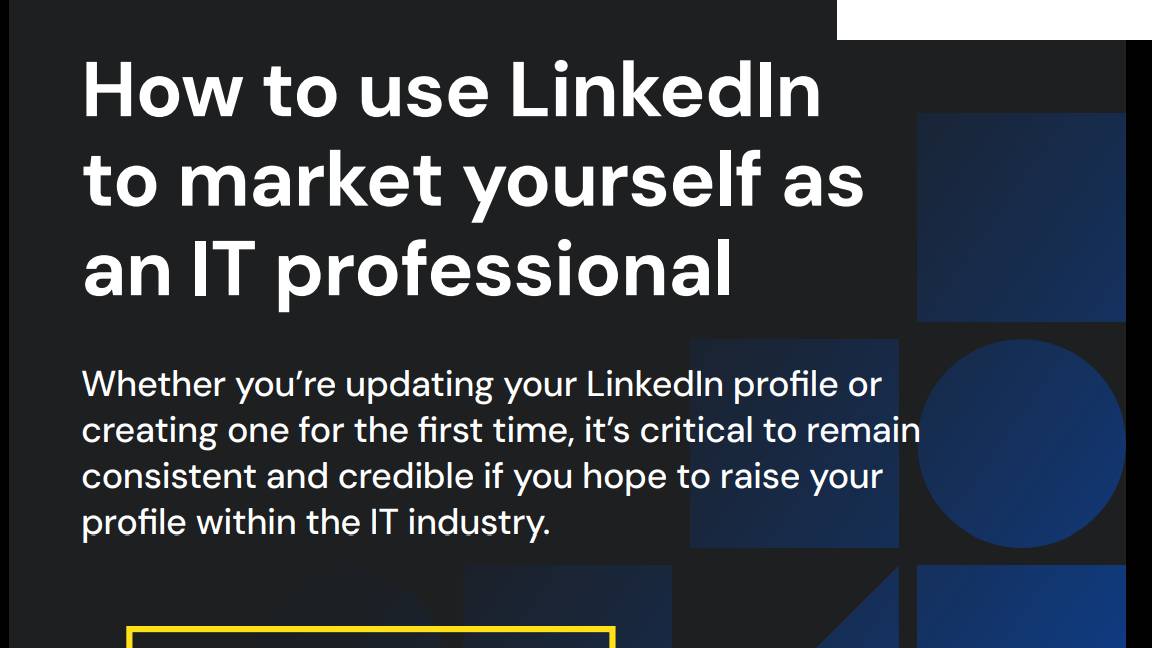 How to use LinkedIn to market yourself as an IT professional
How to use LinkedIn to market yourself as an IT professionalwhitepaper Whether you’re updating your LinkedIn profile or creating one for the first time, it’s critical to remain consistent and credible if you hope to raise your profile within the IT industry
-
 Discover the power of generative AI for banking and financial institutions
Discover the power of generative AI for banking and financial institutionswhitepaper Take the lead and responsibly adopt AI at scale
-
 AI for marketing guidebook
AI for marketing guidebookwhitepaper Marketing in the age of AI
-
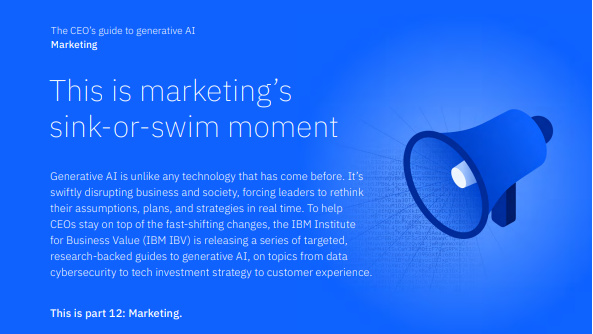 The CEO's guide to generative AI: This is marketing's sink or swim moment
The CEO's guide to generative AI: This is marketing's sink or swim momentWhitepaper Position marketing as the model for generative AI-driven workforce transformation
-
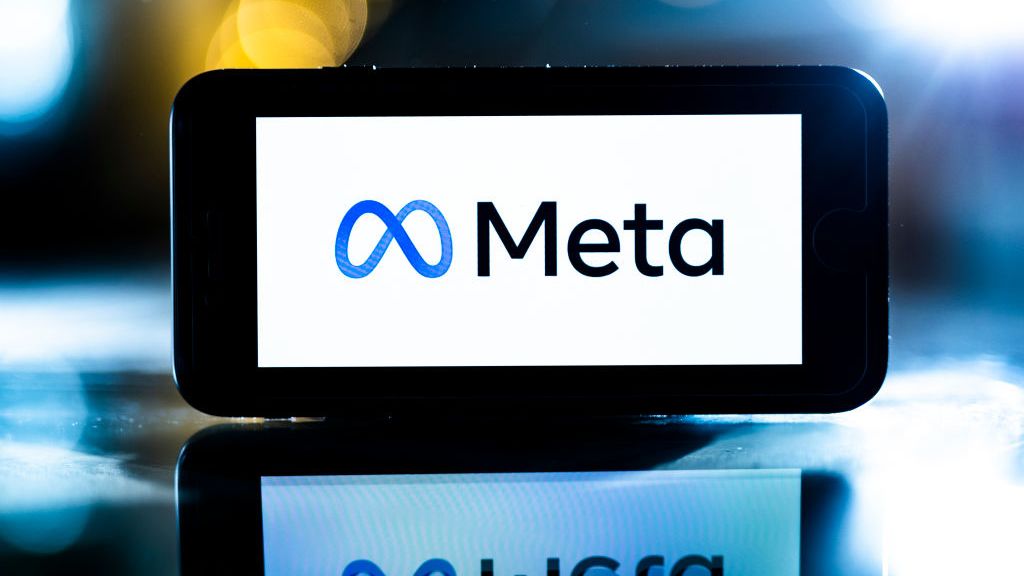 Meta to pay $725 million in Cambridge Analytica lawsuit settlement
Meta to pay $725 million in Cambridge Analytica lawsuit settlementNews The settlement closes the long-running lawsuit into how Facebook's owner, Meta, handled the Cambridge Analytica scandal
-
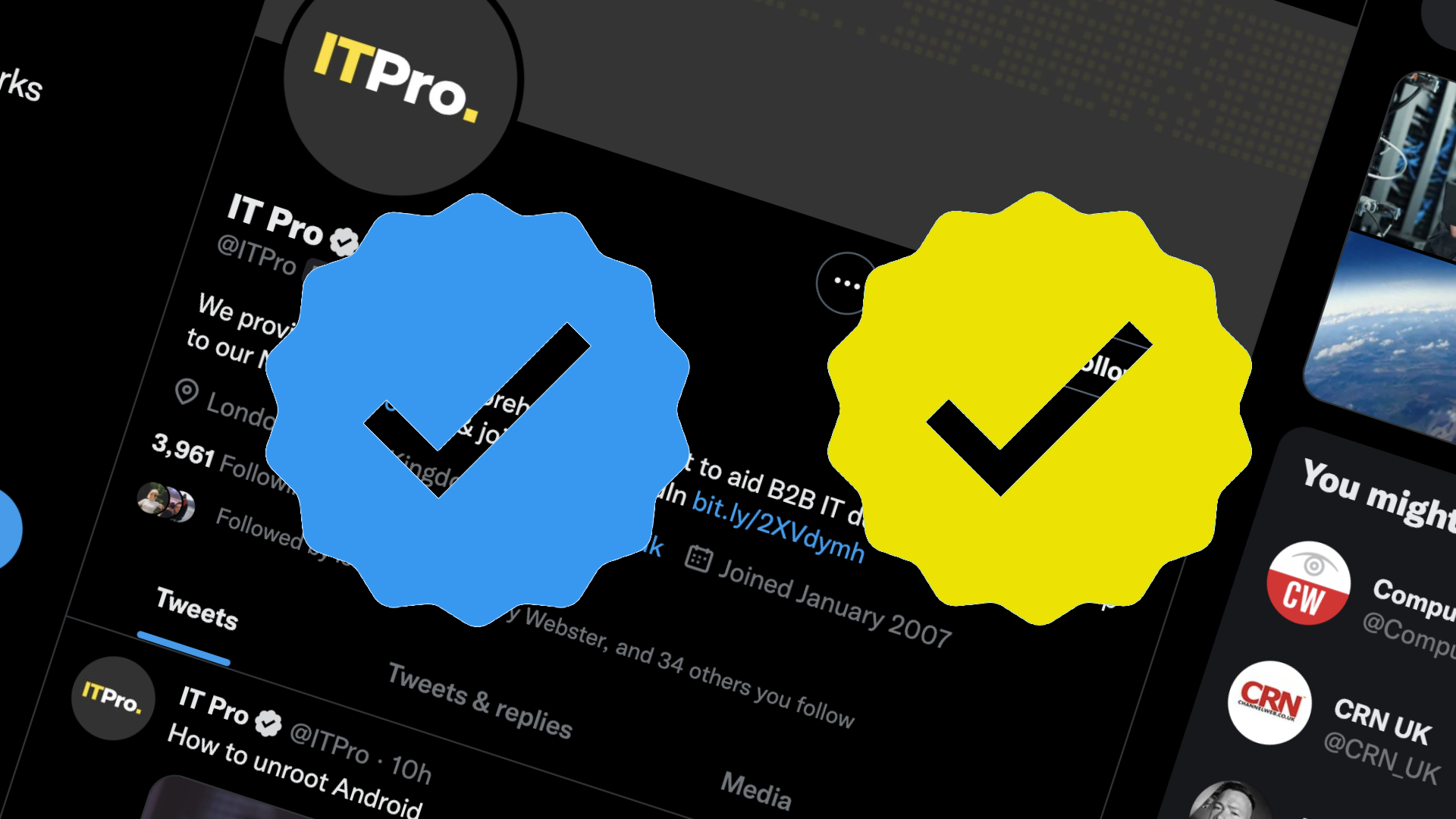 Businesses to receive unique Twitter verification badge in platform overhaul
Businesses to receive unique Twitter verification badge in platform overhaulNews There will be new verification systems for businesses, governments, and individuals - each receiving differently coloured checkmarks
-
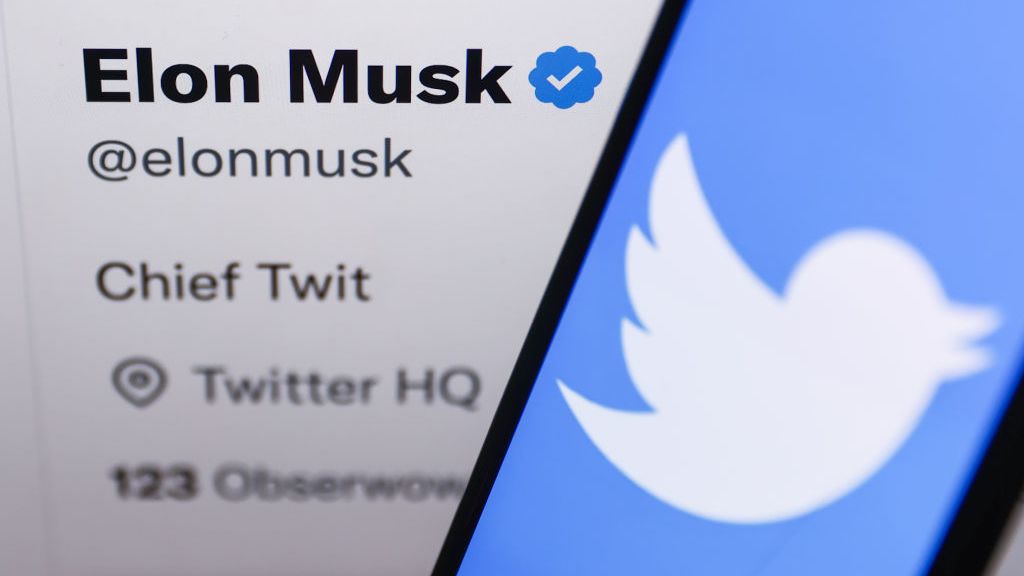 Twitter could charge $20 a month for 'blue tick' verification, following Musk takeover
Twitter could charge $20 a month for 'blue tick' verification, following Musk takeoverNews Developers have allegedly been given just seven days to implement the changes or face being fired
-
 Meta's earnings are 'cause for concern' and 2023 looks even bleaker
Meta's earnings are 'cause for concern' and 2023 looks even bleakerAnalysis Calls for investor faith in metaverse tech only emphasise the worries that its investment strategy won't pay off